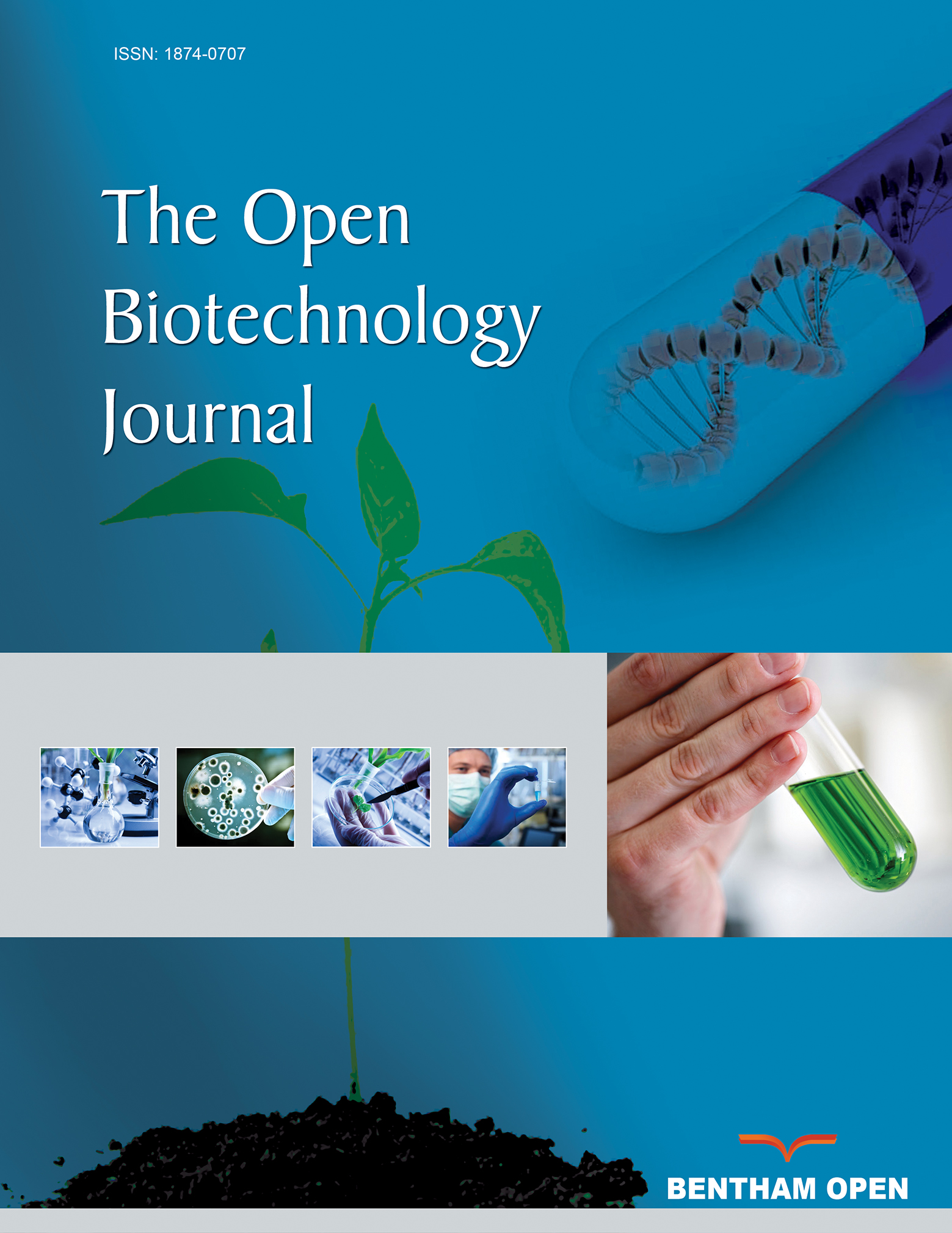All published articles of this journal are available on ScienceDirect.
Bacterial Cellulose from Food to Biomedical Products
Abstract
Cellulose production of aerobic bacteria with its very unique physiochemical properties attracted many researchers. The biosynthetic of Bacterial Cellulose (BC) was produced by low-cost media recently. BC has been used as biomaterials and food ingredient these days. Moreover, the capacity of BC composite gives the numerous application opportunities in other fields. Bacterial Cellulose (BC) development is differentiated from suspension planktonic culture by their Extracellular Polymeric Substances (EPS), down-regulation of growth rate and up-down the expression of genes. The attachment of microorganisms is highly dependent on their cell membrane structures and growth medium. This is a very complicated phenomenon that optimal conditions defined the specific architecture. This architecture is made of microbial cells and EPS. Cell growth and cell communication mechanisms effect biofilm development and detachment. Understandings of development and architecture mechanisms and control strategies have a great impact on the management of BC formation with beneficial microorganisms. This mini-review paper presents the overview of outstanding findings from isolating and characterizing the diversity of bacteria to BC's future application, from food to biosensor products. The review would help future researchers in the sustainable production of BC, applications advantages and opportunities in food industry, biomaterial and biomedicine.


